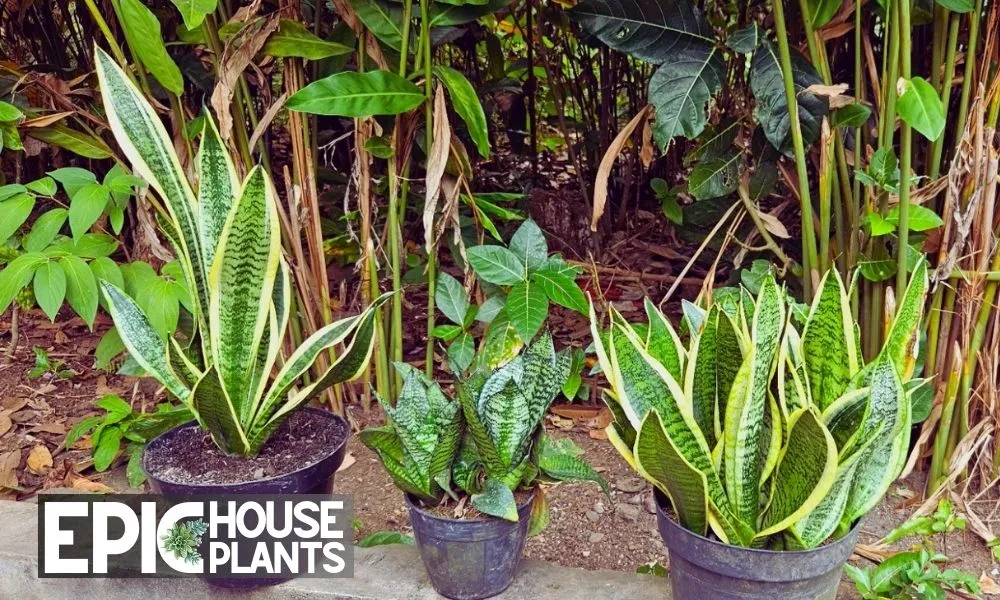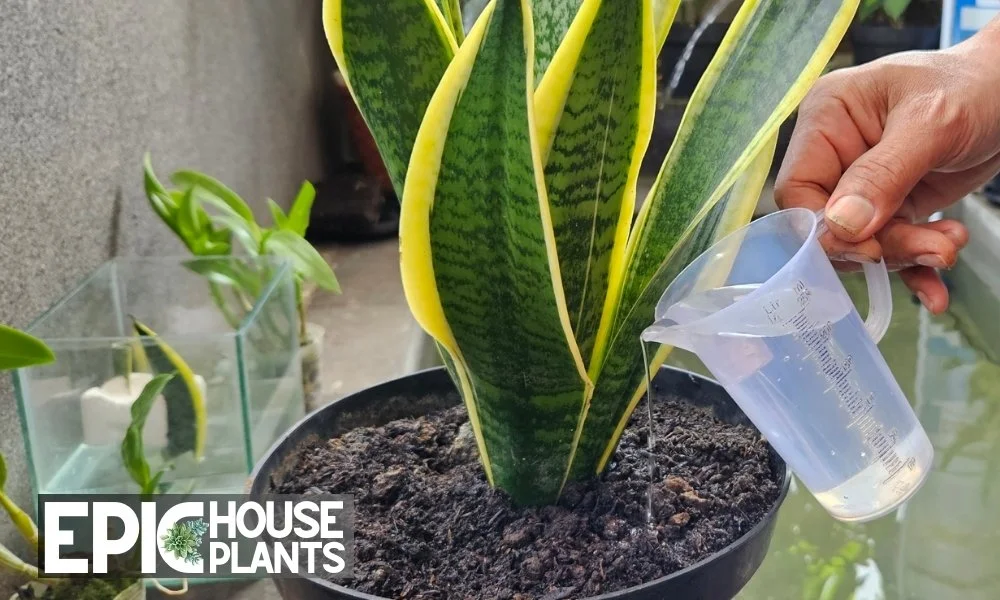Snake plants, also known as Mother-in-law’s tongue, are not only eye-catching with their upright, striped leaves but also deliver a host of benefits that make them an excellent addition to any indoor space.
This article will explore these benefits, which range from producing oxygen to being an indoor air purifier, and much more.
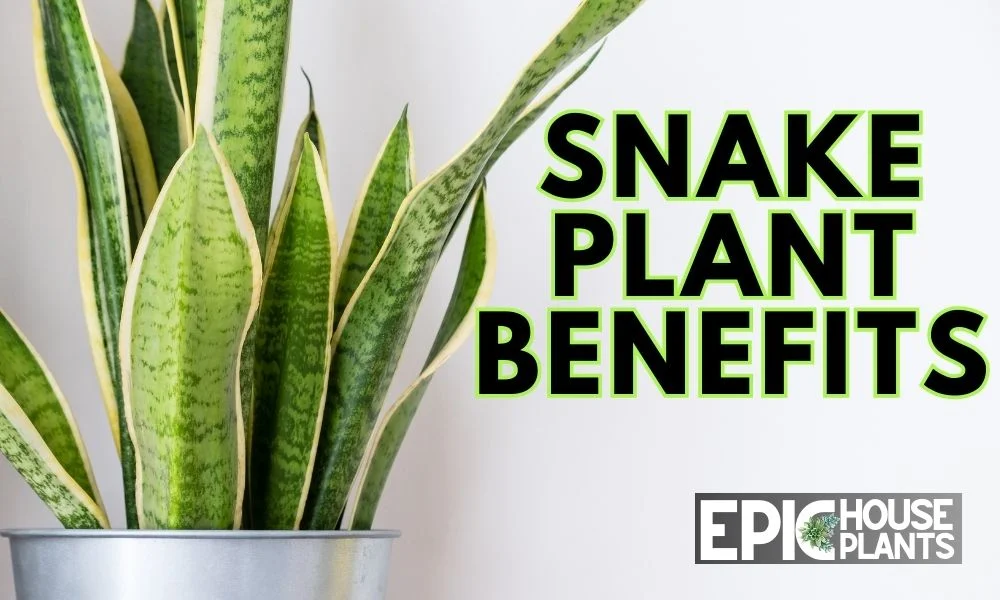
Producing Oxygen: An Environmental Lifeline
Just like other green plants, snake plants engage in photosynthesis to produce oxygen, a vital element for human and animal survival. However, what sets the snake plant apart is its potency in this oxygen production process.
Oxygen Production: A Closer Look
During the photosynthesis process, snake plants convert carbon dioxide and water into glucose and oxygen. This oxygen then diffuses out of the plant, enriching our atmosphere.
The snake plant, in particular, is considered one of the highest oxygen producing plants. A medium-sized snake plant can produce between 0.9 to 1 liter of oxygen a day.
Verified by NASA
In fact, according to NASA’s Clean Air Study, snake plants stand out as one of the highest oxygen-producing plants.
The study, which primarily focused on assessing the capacity of indoor plants to improve air quality, also shed light on the extraordinary oxygen production capacity of the snake plant.
Author Note:
However, it’s important to note that despite their superior oxygen output, they might not be sufficient to sustain human life in precarious situations according to this blog post .
Air Purifier: Cleaning Up Our Indoor Atmosphere
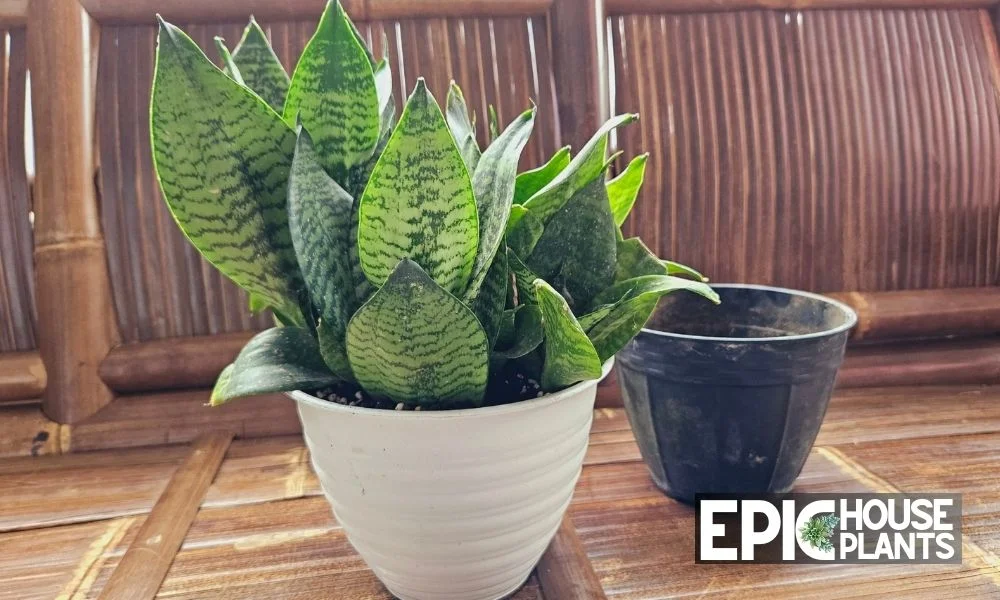
Beyond just oxygen production, the snake plant also serves as an efficient air purifier, capable of reducing and eliminating numerous toxic substances that can be carcinogenic.
Removing Toxic Pollutants
Snake plants are not just ordinary houseplants; they are silent, relentless air purifiers. According to NASA’s clean air study, snake plants are among the top indoor air pollutant reducing plants.
They can eliminate various toxic pollutants from indoor areas, such as trichloroethylene, benzene, formaldehyde, xylene, and toluene, many of which are common in households and are byproducts of various materials and substances.
Reducing Health Hazards
These substances are common in many households, and they can pose potential health hazards. However, snake plants can help purify the air from these substances, thus reducing our exposure to them.
| Toxic Substance | Common Sources |
|---|---|
| Trichloroethylene | Varnish, adhesives, paint removers |
| Benzene | Plastics, resins, synthetic fibers, cigarette smoke |
| Formaldehyde | Fertilizers, paper, plywood, some resins |
| Xylene | Paint, gasoline |
| Toluene | Paint, nail polish, adhesives, cigarette smoke |
Absorbing CO2 in the Night: An Unusual Plant Behavior
Unique to succulents like the snake plant is the ability to reduce CO2 levels by absorbing it during the night through a process called Crassulacean Acid Metabolism (CAM).
Understanding Crassulacean Acid Metabolism (CAM)
The CAM process is a survival mechanism for plants living in arid conditions. Here, the stomata in the leaves remain shut during the day to reduce water loss but open at night to absorb carbon dioxide (CO2).
This adaptation sets snake plants apart from other plants, as most plants absorb CO2 during the day.
The Impact on Indoor CO2 Levels
According to a study at Naresuan University, Phitsanulok, Thailand, a snake plant can absorb 0.49 ppm of carbon dioxide per cubic meter in a closed room.
This capacity can significantly reduce indoor CO2 levels, especially if you have four to five snake plants that are around 60-80 centimeters (cm) high in your room.
Although snake plants are generally beneficial, it’s important to understand their potential downsides too. For a balanced perspective, you might want to check this blog post.
Low Maintenance: A Beginner’s Best Friend
Lastly, one of the most appreciated benefits of the snake plant is its low maintenance nature. This makes it an excellent choice for beginners looking to enhance their indoor space with greenery.
Effortless Care for Indoor Greens
Snake plants’ benefits extend beyond their environmental contributions. They are also extremely low maintenance plants, making them an excellent choice for beginners in gardening or for those with a busy schedule.
Snake plants have a high tolerance for drought and can stand some neglect, proving to be resilient even under less-than-ideal conditions. They do not require frequent watering, and their light requirements are minimal.
Even if placed in low light conditions, snake plants will continue to grow, albeit at a slower pace.
Watering and Light Requirements
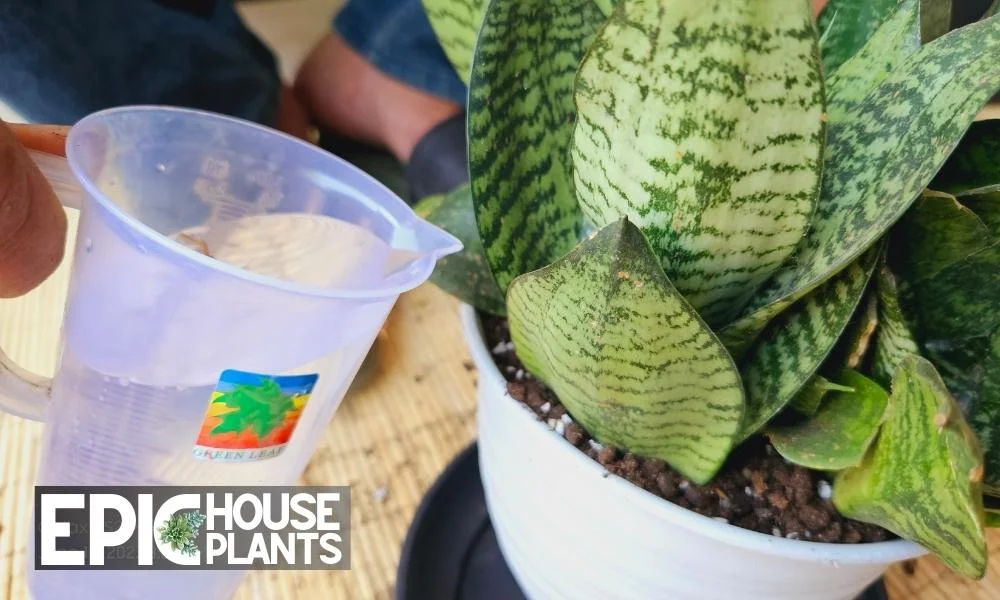
While snake plants are not demanding when it comes to watering, there are a few things to keep in mind. Overwatering can lead to root rot, a common issue with snake plants. It’s best to water them when the soil is completely dry, which may range from 2 weeks to a month depending on the climate.
As for light, snake plants prefer indirect sunlight. They can tolerate low light conditions, but for optimal growth, a spot near a north-facing window would be perfect. Too much direct sunlight, especially harsh afternoon sun, can cause the leaves to yellow.
Soil and Fertilizer

Snake plants prefer well-draining soil. A regular potting mix with some sand or perlite added can work well. During the growing season (spring and summer), you can feed them with a balanced houseplant fertilizer.
However, it’s essential to remember that snake plants are light feeders, so dilute the fertilizer to half its strength to avoid nutrient burn.
Pests and Diseases
Snake plants are generally resistant to pests. However, they may occasionally be affected by common indoor plant pests such as mealybugs and spider mites. If you notice any signs of pests or disease, use a gentle insecticidal soap or a mixture of water and mild dish soap to clean the leaves.
Final Words
In conclusion, snake plants offer a multitude of benefits, from enhancing your home’s aesthetics to significantly improving your indoor air quality. Their low maintenance requirements make them a hassle-free addition to any indoor environment.
Whether you’re a seasoned plant enthusiast or just beginning your green journey, the snake plant is a worthy consideration.
Author

Pudji Haryanto
Pudji Haryanto is a writer and urban farmer with a passion for cultivating plants. He has over 15 years of experience in agriculture and currently manages a 65,000 square foot rice-field and yard filled with various plants, including vegetables, spices, flowers, and garden plants.


